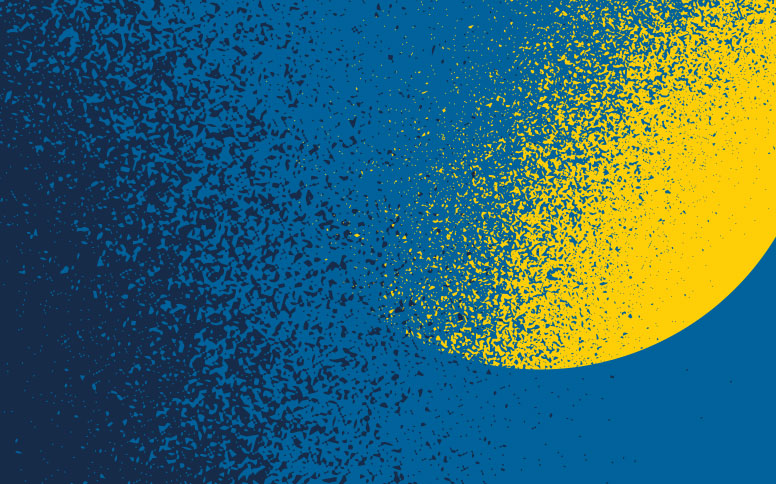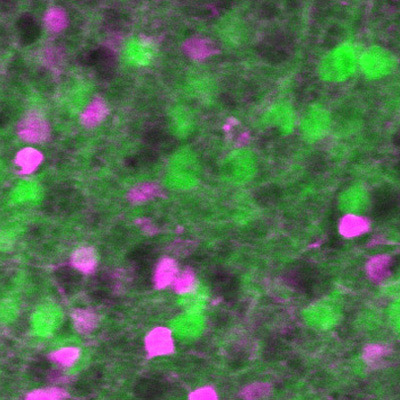Air Apparent: Using Bubbles to Reveal Fertility Problems
UC San Diego Health System’s doctors are the first fertility specialists in the county to use a new ultrasound technique to assess fallopian tubes by employing a mixture of saline and air bubbles that is less painful, avoids x-ray exposure and is more convenient to patients during an already vulnerable time.














